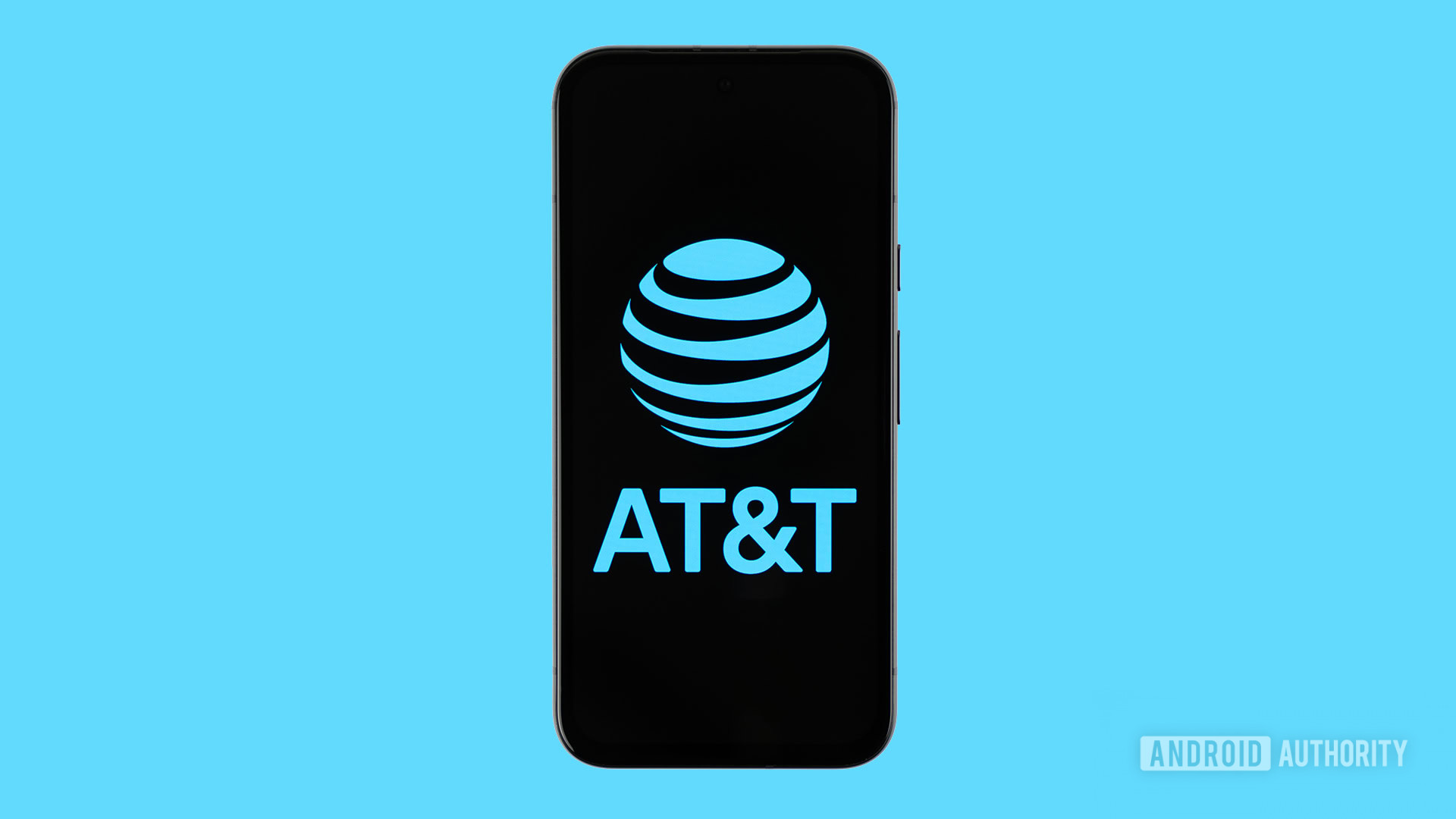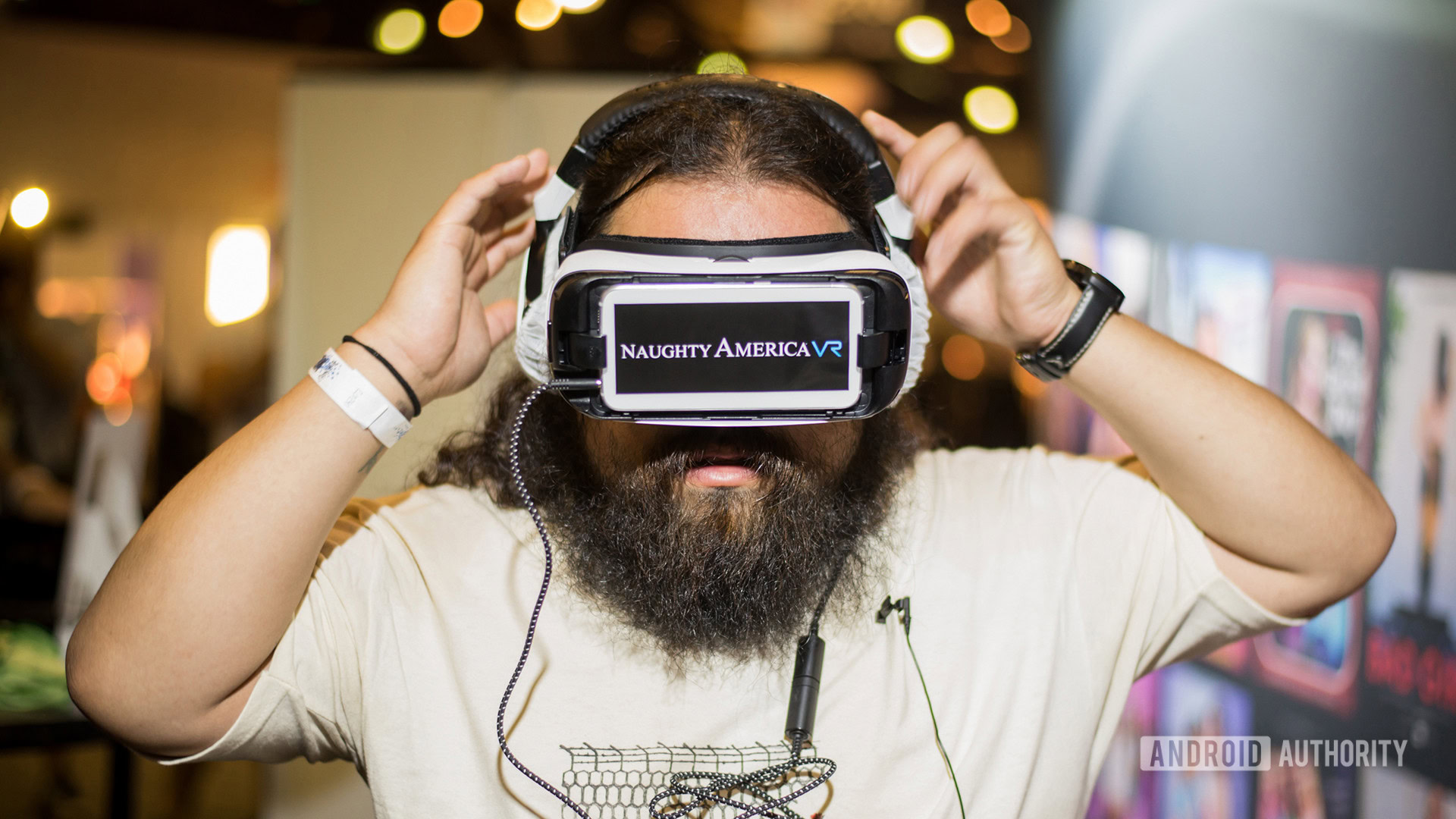We know that introducing AI into your coding environment comes with questions – about safety, accuracy, privacy, and trust.That’s why we want to be transparent about how we built the recently-announced Arduino AI Assistant in the Cloud IDE, and why we chose to power it with Claude by Anthropic, available via Amazon Web Services (AWS) Bedrock. This feature is not a shortcut.It’s a tool to help you learn faster, test smarter, and stay focused on the creative side of building.
Here’s how, and why, we made it.Arduino AI Assistant: Your smart coding companion Claude was designed from the ground up to be a collaborator – not just a chatbot.It’s one of the top-performing large language models (LLMs) when it comes to writing, explaining, and editing code.
It is available through Amazon Bedrock, a fully managed service that makes foundation models accessible via API. We integrated Claude via AWS because it allowed us to easily access a secure and scalable model directly within the infrastructure we already trust and use. We tested multiple models, and Claude stood out for its ability to understand context, generate cleaner code, and explain concepts clearly.It was also a good match for our goals: not just delivering answers, but helping you learn, debug, and iterate.Context-aware with less hallucination In developing the Arduino Cloud AI Assistant, we’ve implemented Retrieval Augmented Generation (RAG) – a technique that gives the AI more relevant context before it answers your question.
Basically, when you ask the assistant something, we don’t just send your prompt to Claude directly.Instead, we first provide it with hand-picked, structured documentation based on your sketch, board, and use case.This means you’re more likely to get reliable, Arduino-specific answers, and less likely to see hallucinated or misleading code.
We regularly update these documents based on product releases and user feedback – so the system continues to improve over time.Privacy comes first We’ve built clear guardrails into the AI Assistant’s behavior – both our own and the ones provided by AWS Bedrock.These include: No personal or identifiable data (like private sketches or account info) is ever shared with the LLM.
Every response stays within the Arduino context – the assistant won’t answer or suggest anything unrelated to our platform.Guardrails help prevent suggestions for harmful or inappropriate projects, reinforcing our community guidelines.We’ve also taken a minimal-data approach.
The assistant only sees what it needs to generate a useful reply – no more, no less.Community-led AI Assistant This assistant wasn’t designed in a vacuum.Before launch, we worked closely with users through interviews and beta testing to identify the most common questions and pain points.
The feedback we received shaped everything from prompt engineering to UI design.We’re continuing to build this tool with you.That’s why every answer includes a thumbs up/down feedback option, and why we monitor the results closely. Some of the most useful improvements – like support for more libraries, better error messages, and undo/redo functionality – came directly from user suggestions.
Your input helps us tune the assistant – and the documents it draws from – to serve the real needs of real developers.Supporting learning, not replacing it We’ve heard the concerns about generative AI – from hallucinated code to worries that AI tools could erode developer skills or take over human jobs.We share some of these concerns, and we’ve taken a careful approach. We designed the Arduino AI Assistant to be just that: an assistant, not a replacement.
It’s not there to write your entire project.It’s there to help you fix bugs, understand syntax, explore ideas, and stay in flow while you build.For example, you can ask the assistant: “Explain this sketch”, and it will walk you through the code step by step, helping you understand a project written by someone else or clarify syntax you’re unfamiliar with.
We’ve added lightweight signals – like “experimental” tags and a friendly reminder not to blindly trust code to encourage self-learning.Have you tried the Arduino Cloud AI Assistant yet? The Arduino Cloud AI Assistant is available to everyone – even on the free plan.You can try it today with up to 30 free interactions per month, right inside the Cloud Editor.If you need more, our Maker and School plans include 1,500 monthly interactions, and Team or Enterprise plans unlock unlimited usage.
Get started now at cloud.arduino.cc/features and let the assistant help you code smarter, debug faster, and stay in flow.









